Skylines are often defined by the remarkable structures that pierce through them. These architectural marvels aren’t just buildings; they are symbols of culture, progress, and human ingenuity. They reflect the artistic and technological achievements of their time, standing tall as testaments to bold visions and meticulous craftsmanship. Each structure redefines its surroundings, becoming a centerpiece of its city. Here’s a deep dive into some of the most iconic landmarks that forever changed the way we view skylines.
Burj Khalifa – Dubai, UAE
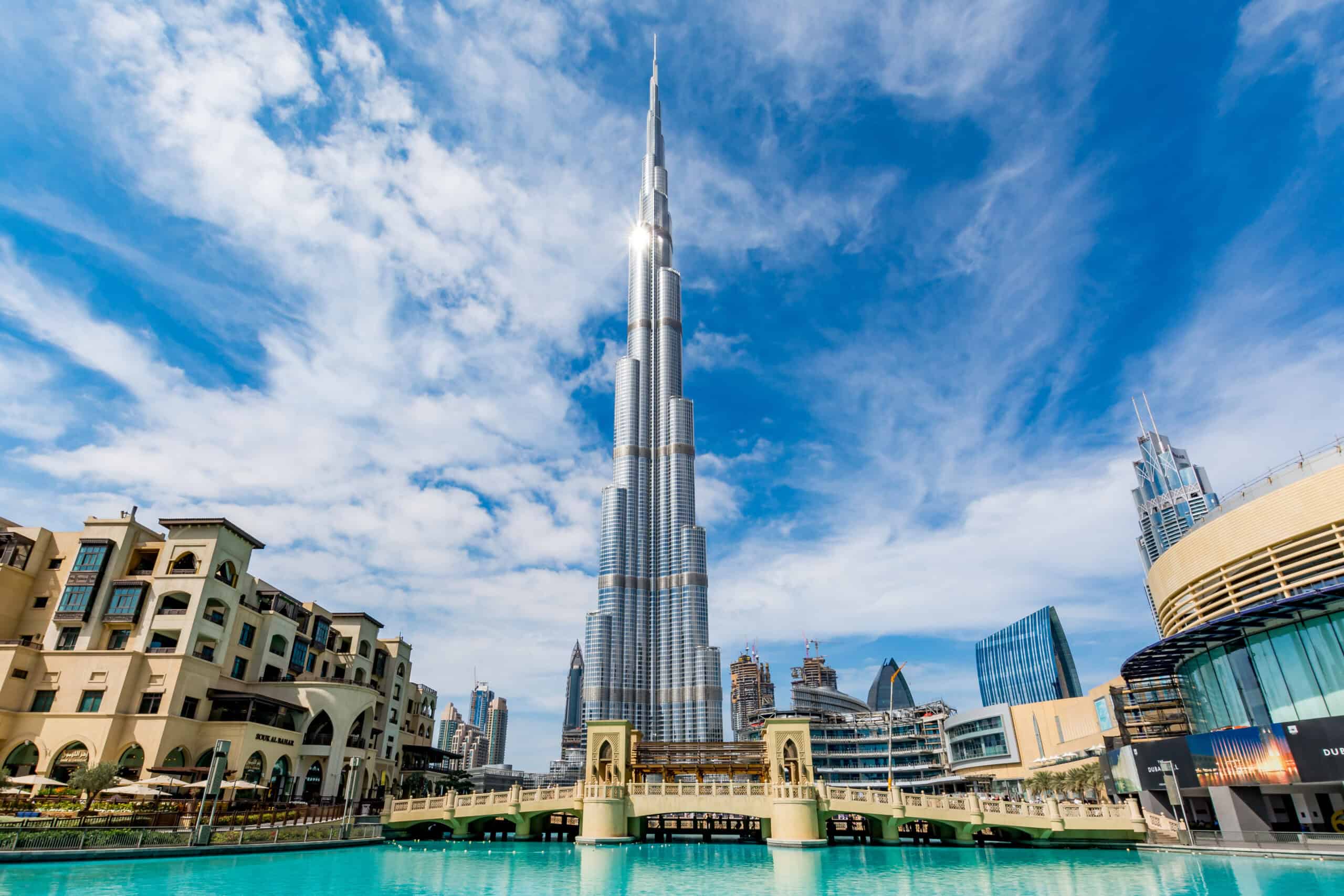
The Burj Khalifa, the tallest building on Earth, rises 828 meters into the sky. Its shimmering glass facade and spire make it visible from miles away. Inspired by traditional Islamic architecture, the design features a triple-lobed footprint, reminiscent of the desert flower Hymenocallis. It houses residential spaces, offices, and the luxurious Armani Hotel. The observation decks, including one on the 148th floor, offer unparalleled views of Dubai. The building is also a feat of engineering, with its advanced wind resistance and cooling systems designed for desert heat. It stands as a global icon of ambition and innovation.
Eiffel Tower – Paris, France
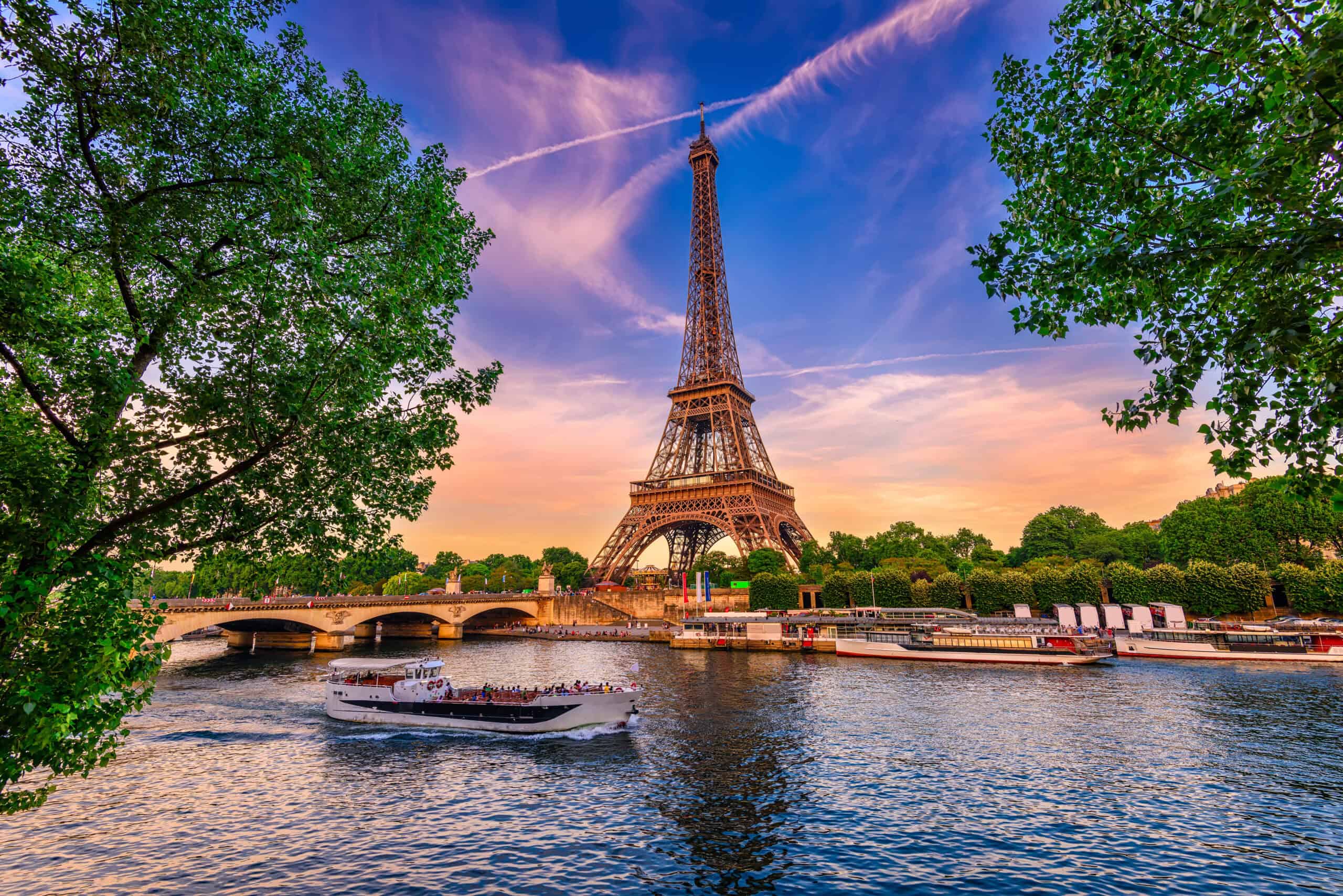
The Eiffel Tower, built as the centerpiece of the 1889 World’s Fair, is a global symbol of France. Rising 330 meters, it was once the tallest man-made structure in the world. Designed by Gustave Eiffel, it showcases the elegance of iron lattice construction. Initially controversial, it now defines Paris’s romantic charm. The tower is divided into three levels, with restaurants, a champagne bar, and breathtaking panoramic views at the top. Illuminated at night with thousands of sparkling lights, the Eiffel Tower remains a beacon of artistry and engineering.
Empire State Building – New York City, USA
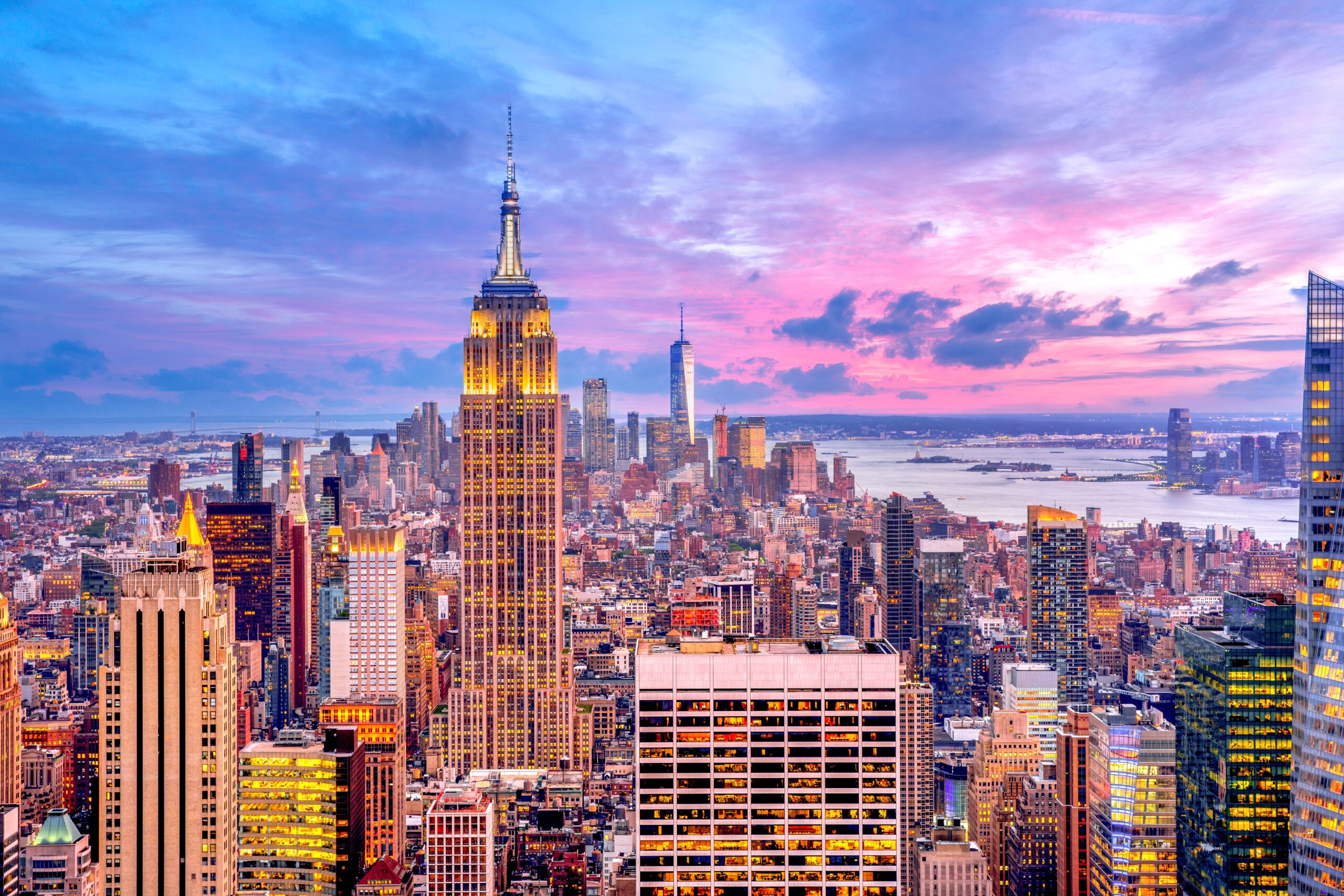
The Empire State Building, towering at 443 meters with its spire, embodies the spirit of New York City. Completed in 1931 during the Great Depression, it became an instant icon of resilience and modernity. Its Art Deco design is both elegant and imposing, with a limestone facade and iconic crown. Inside, it features expansive office spaces, detailed murals, and two observation decks on the 86th and 102nd floors. These decks offer sweeping views of Manhattan and beyond. The building’s colorful nightly illuminations celebrate holidays and events, cementing its status as a cultural and architectural landmark.
Petronas Towers – Kuala Lumpur, Malaysia
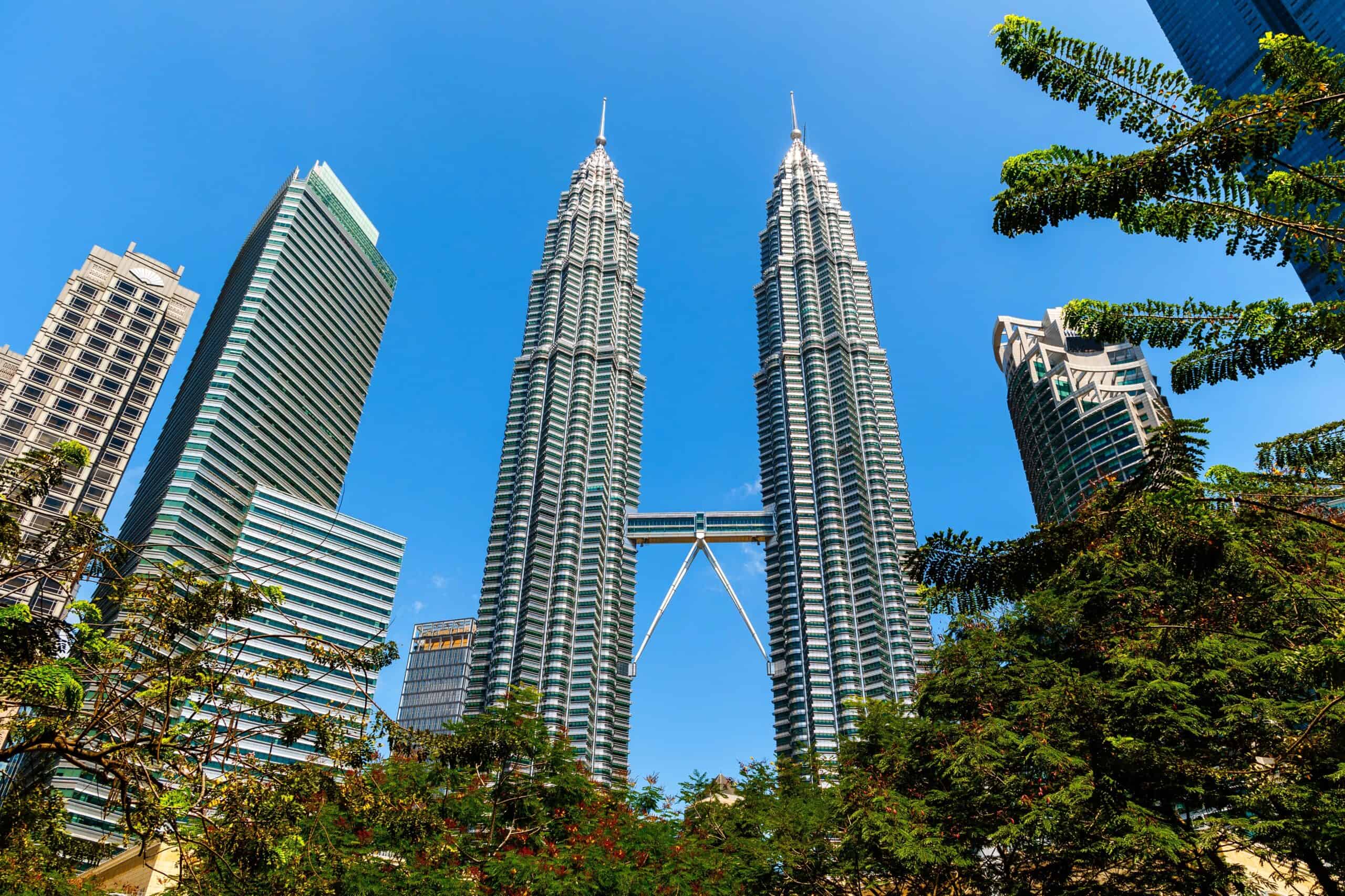
The Petronas Towers, twin skyscrapers standing at 452 meters, redefine Kuala Lumpur’s skyline. Completed in 1998, their design incorporates Islamic geometric patterns and cultural motifs, blending tradition with modernity. The towers are connected by the iconic skybridge on the 41st and 42nd floors, offering a one-of-a-kind view of the city. Inside, they house corporate offices, a shopping mall, and an arts center. The steel and glass facade reflects sunlight beautifully, symbolizing Malaysia’s economic growth and cultural heritage. At night, the towers light up, creating a dazzling spectacle visible from across the city.
Sydney Opera House – Sydney, Australia
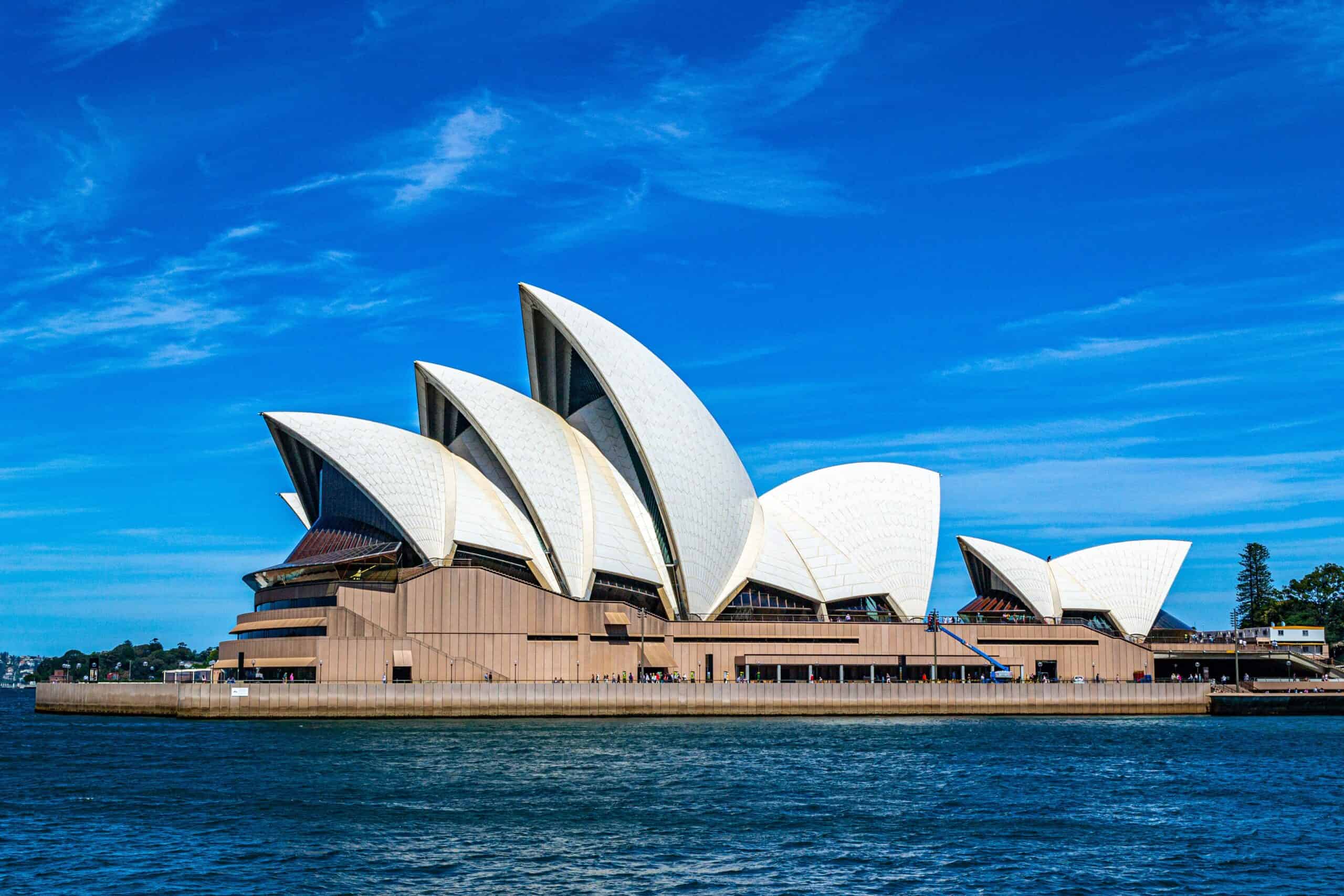
The Sydney Opera House, perched on Bennelong Point, is an architectural wonder and a global icon of Australia. Designed by Danish architect Jørn Utzon, its unique shell-like roof structure was inspired by natural elements like sails and seashells. Completed in 1973, the building hosts over 1,500 performances annually, from opera and ballet to theater and concerts. The exterior features 1 million white tiles, reflecting sunlight during the day and glowing under lights at night. As a UNESCO World Heritage Site, it’s a symbol of creativity and one of the most photographed buildings in the world.
Willis Tower (formerly Sears Tower) – Chicago, USA
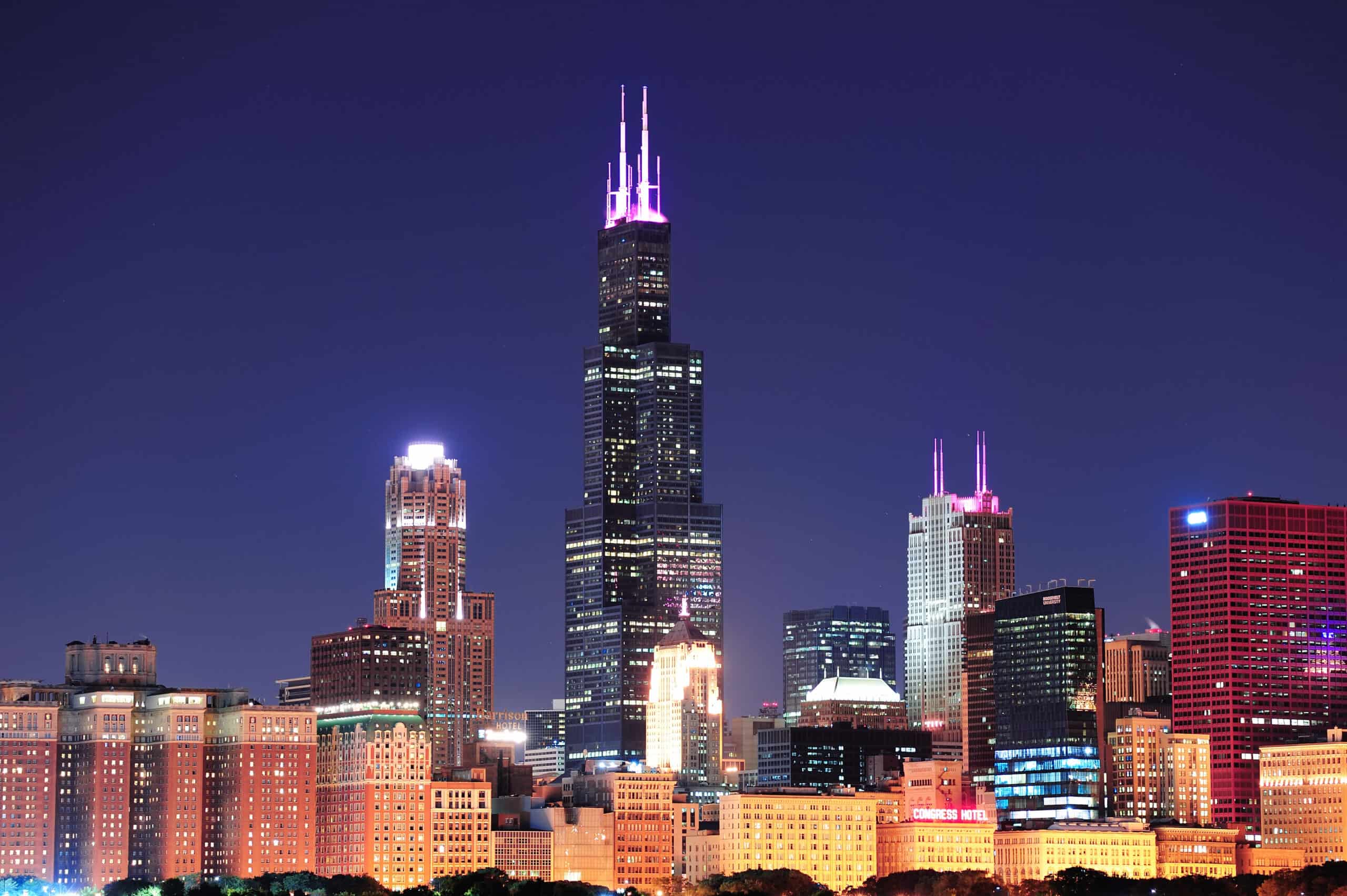
The Willis Tower, a symbol of Chicago’s innovation, stood as the world’s tallest building when completed in 1973. At 442 meters (527 meters including its antennas), its bundled-tube design revolutionized skyscraper engineering. The building’s black aluminum and bronze-tinted glass facade give it a bold, modern aesthetic. The Skydeck, located on the 103rd floor, features “The Ledge,” a glass box that extends outwards, allowing visitors to look straight down onto the streets below. Its construction represents Chicago’s dominance in architectural history and remains a major tourist attraction and business hub.
Taj Mahal – Agra, India
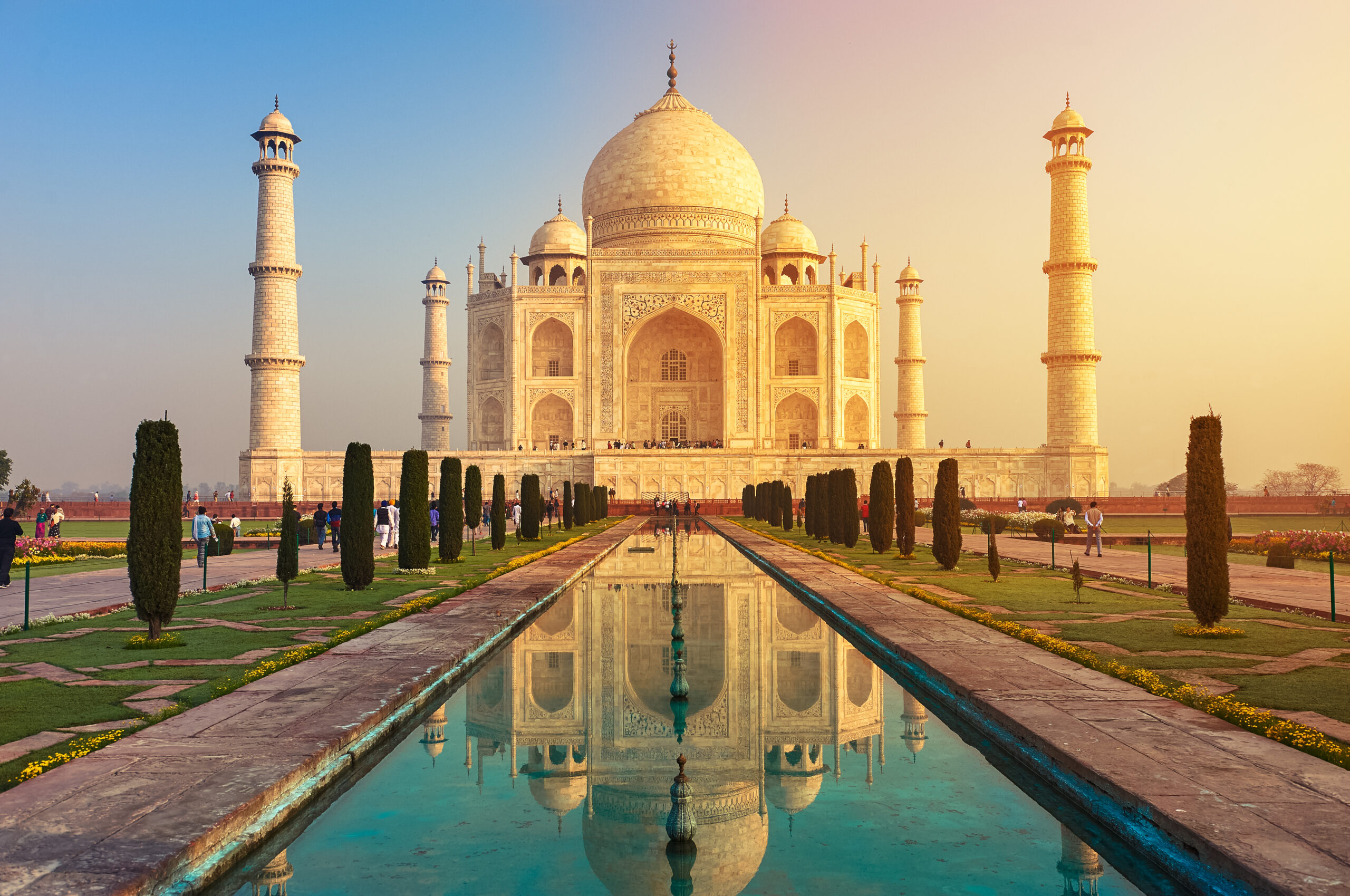
The Taj Mahal, often called the “Crown of Palaces,” is a stunning monument to love and architectural brilliance. Built in the 17th century by Mughal Emperor Shah Jahan in memory of his wife Mumtaz Mahal, the white marble mausoleum is an exquisite blend of Persian, Islamic, and Indian styles. Intricate carvings, calligraphy, and inlaid gemstones adorn its facade. The central dome rises 73 meters and is flanked by four slender minarets. The surrounding gardens, laid out in a Charbagh style, add to its serene beauty. As a UNESCO World Heritage Site, it attracts millions of visitors annually and symbolizes India’s rich cultural heritage.
Marina Bay Sands – Singapore
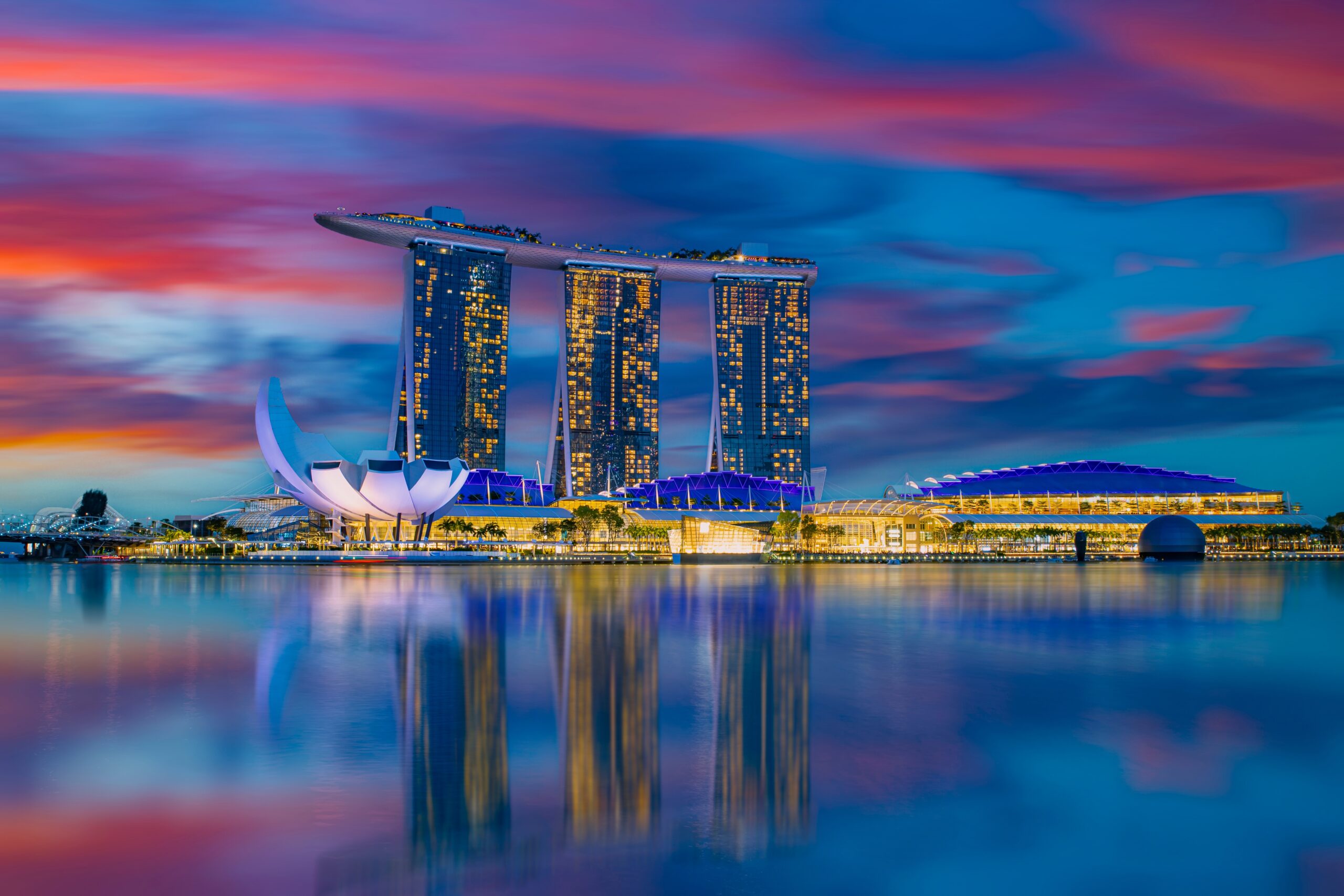
Marina Bay Sands is a striking symbol of modern Singapore. Its three 57-story towers are crowned by the SkyPark, a gravity-defying structure that spans all three buildings. The SkyPark hosts the world’s largest rooftop infinity pool, lush gardens, and a viewing deck with panoramic views of the city. The complex includes a luxury hotel, a casino, high-end shops, and a convention center. Its futuristic design reflects Singapore’s ambitions and economic growth. At night, its illuminated structure becomes a centerpiece for the city’s dazzling skyline, hosting breathtaking light and water shows.
The Shard – London, UK
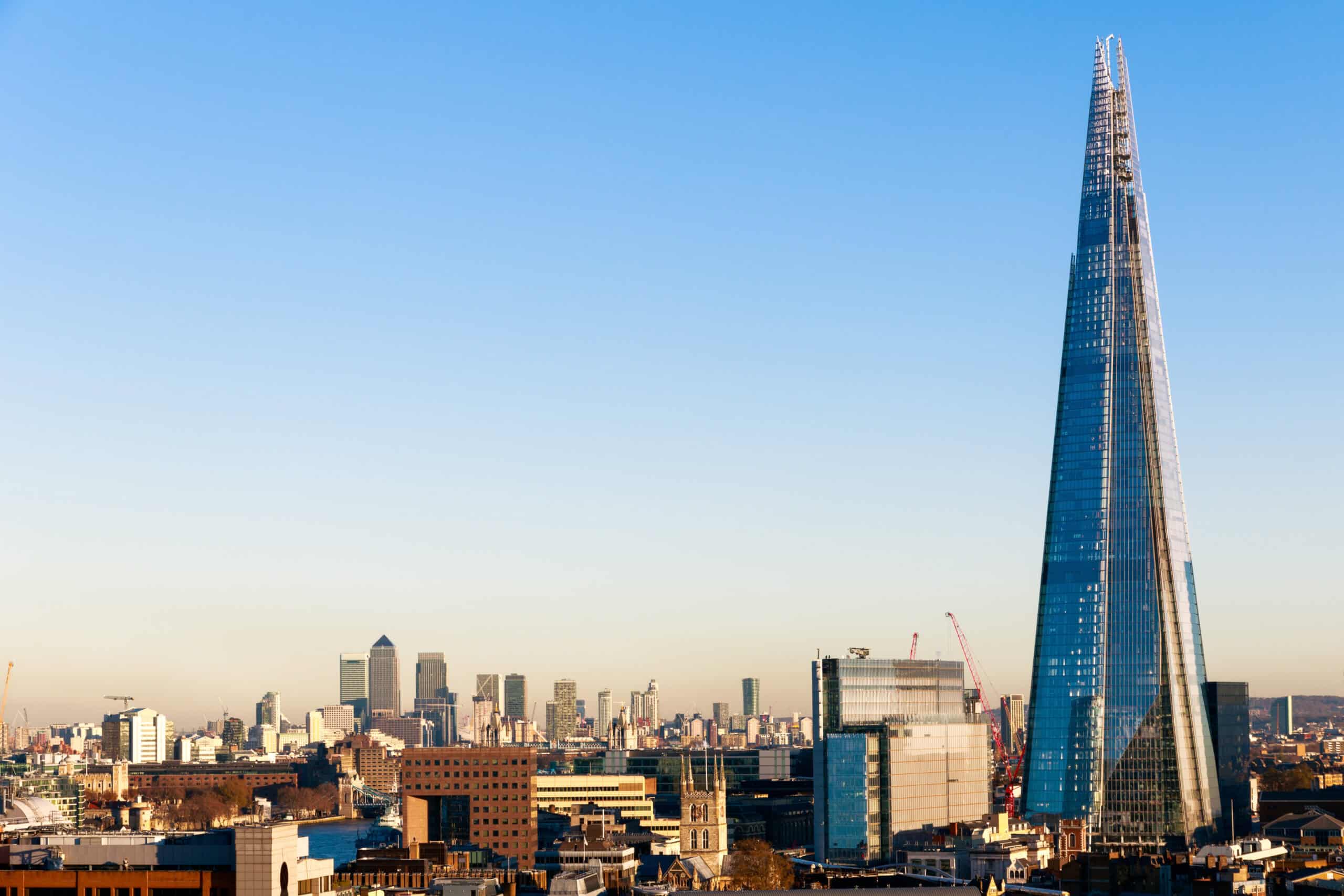
The Shard pierces the London skyline as a modern architectural masterpiece. Designed by Renzo Piano, it rises 310 meters, making it the tallest building in the UK. Its glass facade reflects the changing skies, blending seamlessly with its surroundings while standing out as a symbol of modernity. Inside, it offers office spaces, luxury residences, restaurants, and a five-star hotel. Visitors can enjoy unparalleled views of London from its observation deck. The Shard’s innovative design and eco-friendly construction make it a beacon of sustainable urban development.
Chrysler Building – New York City, USA

The Chrysler Building is a shining example of Art Deco architecture and an enduring symbol of New York City. Completed in 1930, it briefly held the title of the world’s tallest building at 319 meters before being surpassed by the Empire State Building. Its iconic crown, adorned with stainless steel arches and triangular windows, mimics a sunburst and reflects light beautifully. Gargoyles designed to resemble Chrysler car ornaments decorate its facade, showcasing the influence of the automotive industry on its design. The building’s spire, secretly assembled to outshine its rivals, remains a testament to the ambition of its era. Today, it stands as a beloved architectural treasure and a landmark of elegance and innovation.
Taipei 101 – Taipei, Taiwan
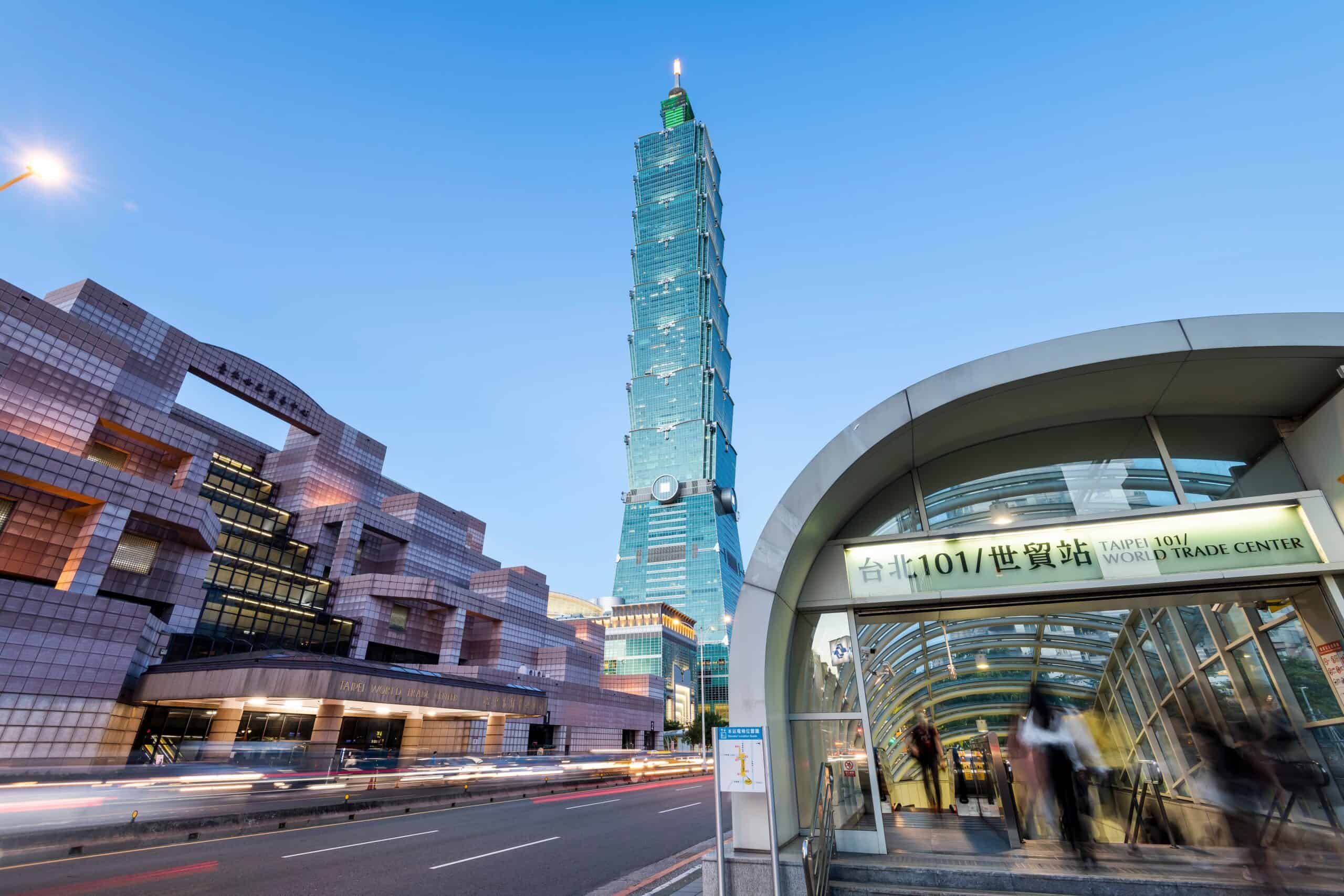
Taipei 101 is a marvel of modern skyscraper design and engineering. Standing at 508 meters, it was the tallest building in the world from 2004 to 2010. Its design resembles a bamboo stalk, symbolizing resilience, growth, and prosperity. The building incorporates a tuned mass damper—a massive steel ball that stabilizes the structure during typhoons and earthquakes. Taipei 101 features high-speed elevators that travel at 60 km/h, whisking visitors to its observation deck in under 40 seconds. With its blend of traditional symbolism and cutting-edge technology, it represents Taiwan’s cultural and economic ascent.
Burj Al Arab – Dubai, UAE
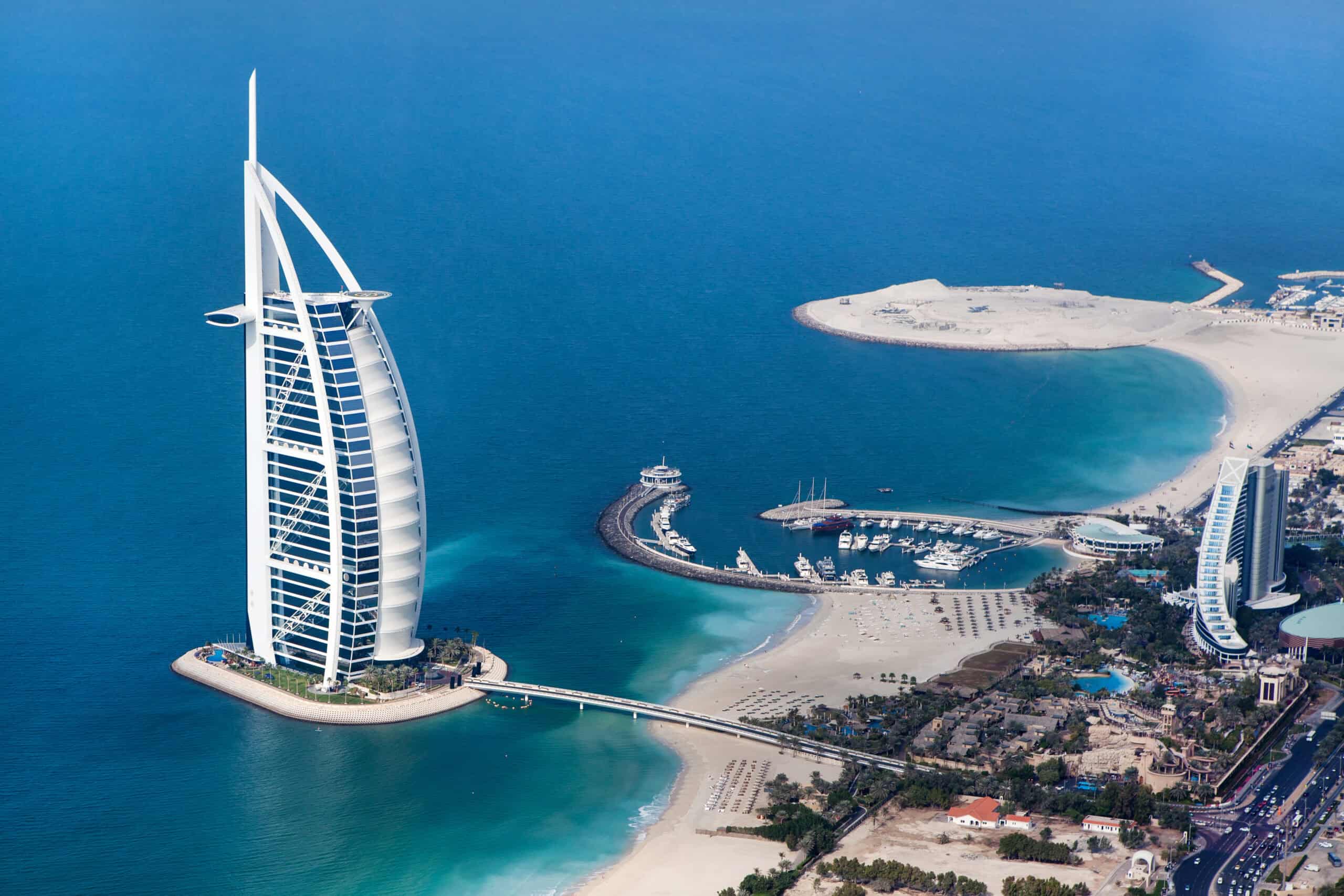
The Burj Al Arab redefines luxury and architectural innovation. Shaped like a sail to reflect Dubai’s maritime heritage, it stands on an artificial island connected to the mainland by a bridge. Its interiors feature extravagant designs, including gold leaf, marble, and vibrant mosaics. The hotel’s duplex suites, private butler services, and exclusive dining experiences redefine opulence. The helipad and underwater restaurant add to its uniqueness. At night, the Burj Al Arab’s facade lights up with dynamic displays, making it a beacon of modern luxury and a symbol of Dubai’s ambitious vision.
CN Tower – Toronto, Canada

The CN Tower is an engineering marvel and one of Canada’s most recognizable landmarks. Standing 553 meters tall, it held the title of the world’s tallest freestanding structure for 32 years. Built as a communications tower, it has become a popular tourist attraction. Visitors can experience the glass floor, which offers a thrilling view straight down to the city below, or participate in the EdgeWalk, a hands-free walk around the tower’s exterior. The revolving 360 Restaurant provides diners with breathtaking views of Toronto and Lake Ontario. At night, the tower lights up in vibrant colors, symbolizing Canada’s multicultural spirit.
Guggenheim Museum – Bilbao, Spain

The Guggenheim Museum in Bilbao is a revolutionary piece of architecture that transformed the city’s image. Designed by Frank Gehry, the building features curving titanium panels that shimmer in the sunlight, resembling a massive sculpture. The museum’s innovative design is as celebrated as the contemporary art it houses. Since its opening in 1997, the Guggenheim has drawn millions of visitors, revitalizing Bilbao’s economy and cultural identity. Its blend of modern art and cutting-edge design created the “Bilbao Effect,” proving that architecture can drive urban regeneration.
One World Trade Center – New York City, USA

One World Trade Center is a poignant symbol of resilience and hope. Built on the site of the Twin Towers, it rises to a symbolic height of 1,776 feet, representing the year of American independence. Its sleek glass exterior reflects the surrounding city and sky, while its base is fortified with blast-resistant materials. Inside, the building features office spaces, a restaurant, and the One World Observatory, offering stunning views of New York. Advanced safety systems, sustainable features, and a stunning design make it a modern engineering marvel. The tower serves as a tribute to those lost and a beacon for the future.
This article originally appeared on Rarest.org.
More from Rarest.org
10 Vintage Video Games That Have Been Lost to Time

Many classic video games have faded into obscurity, lost to time as technology rapidly advanced and gaming tastes evolved. Read More.
12 Oldest Cave Paintings in The World
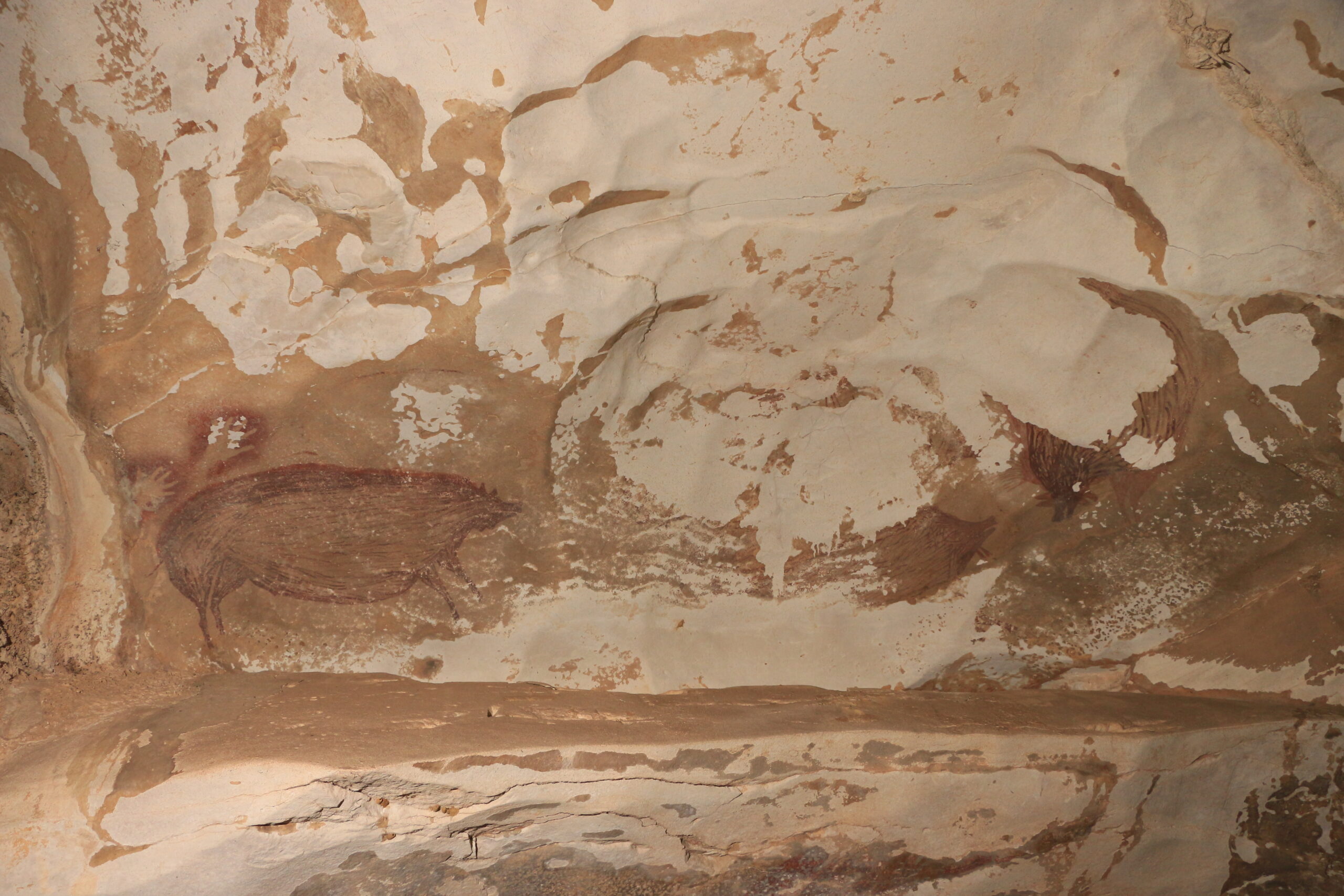
Cave paintings offer a glimpse into the lives of our prehistoric ancestors. These early artworks are often found deep within caves, etched or painted by ancient hands. Read More.
9 Oldest Pyramids in the World
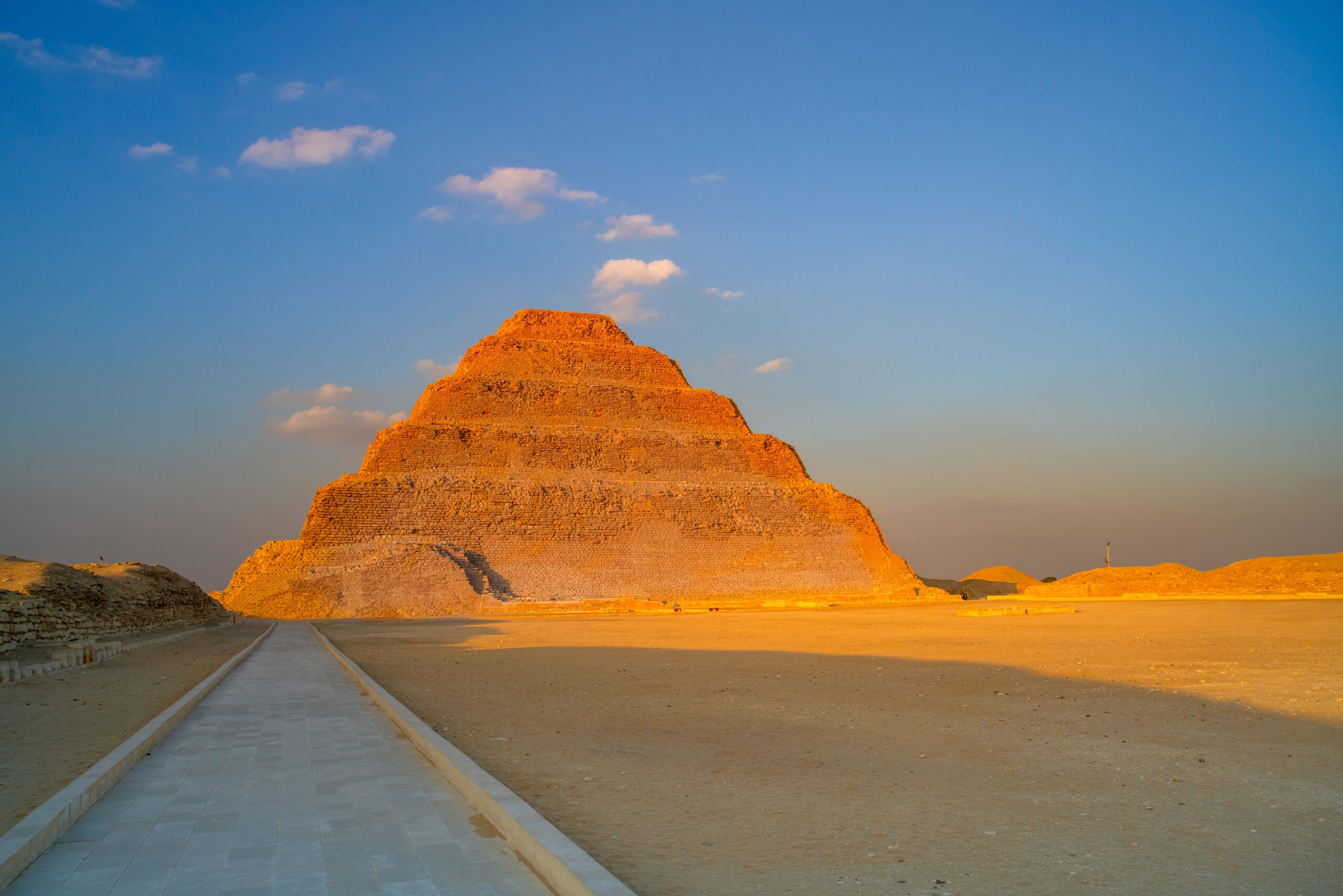
Pyramids are some of the most remarkable structures ever built by ancient civilizations. They have stood the test of time, offering a glimpse into the past. Read More.
